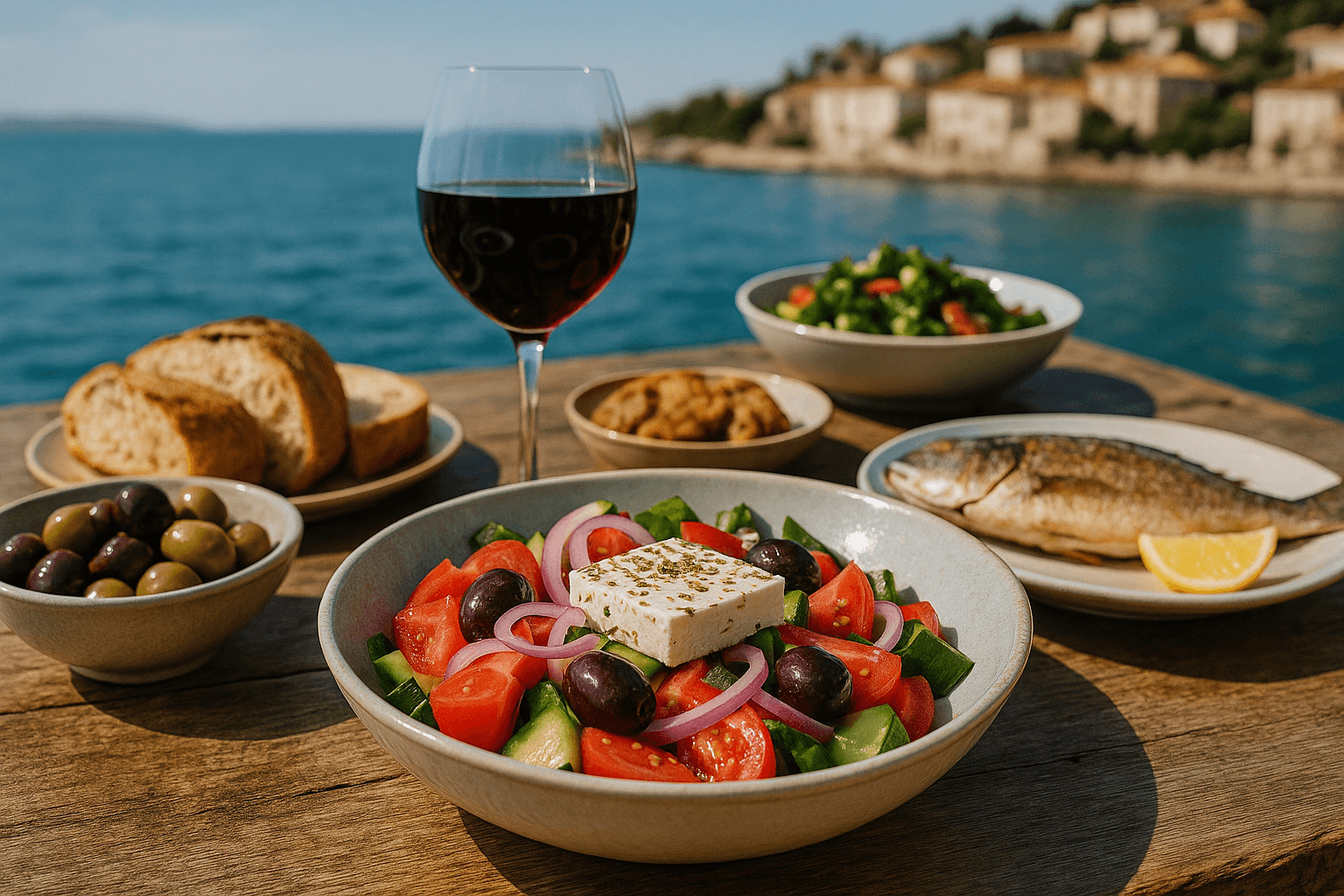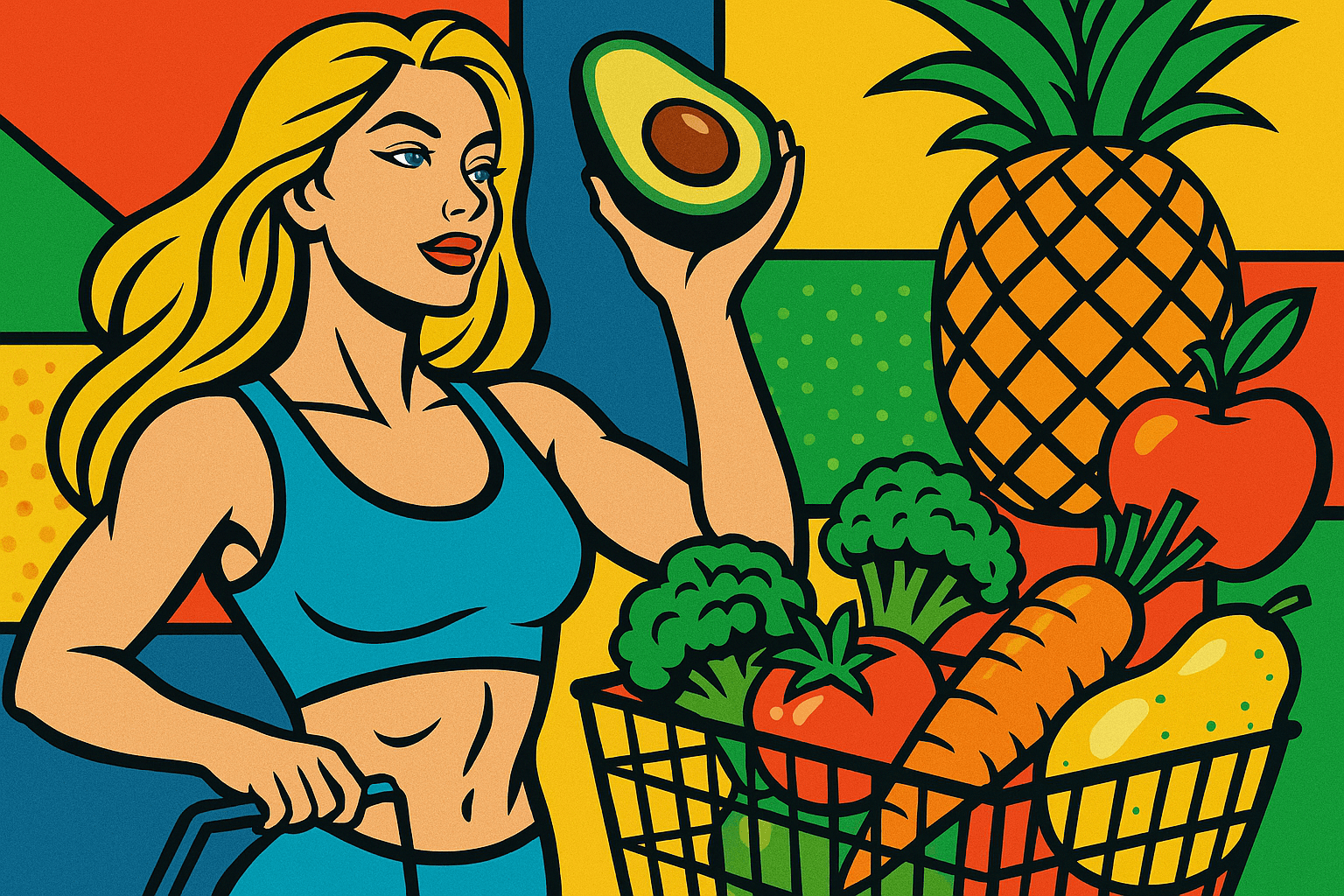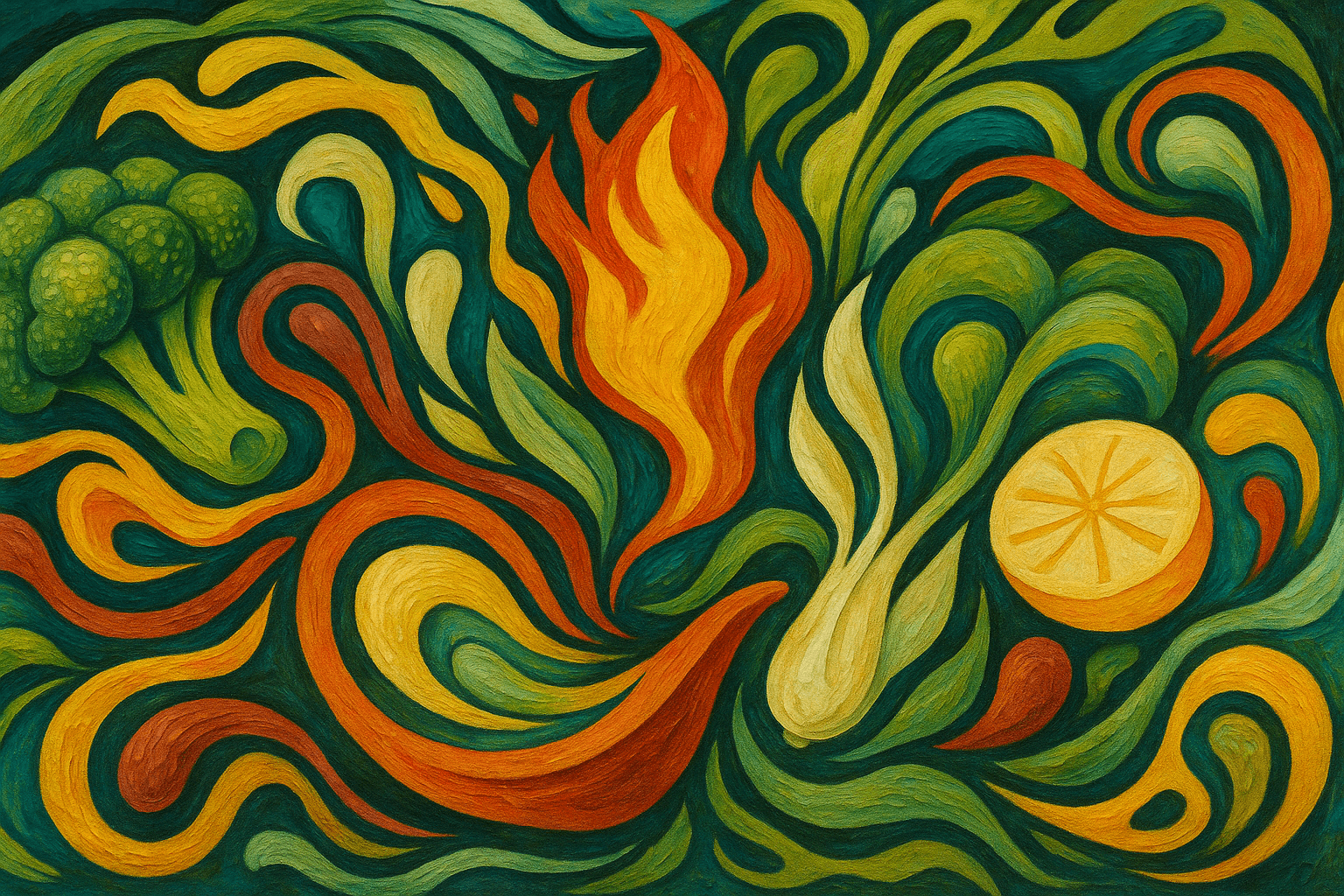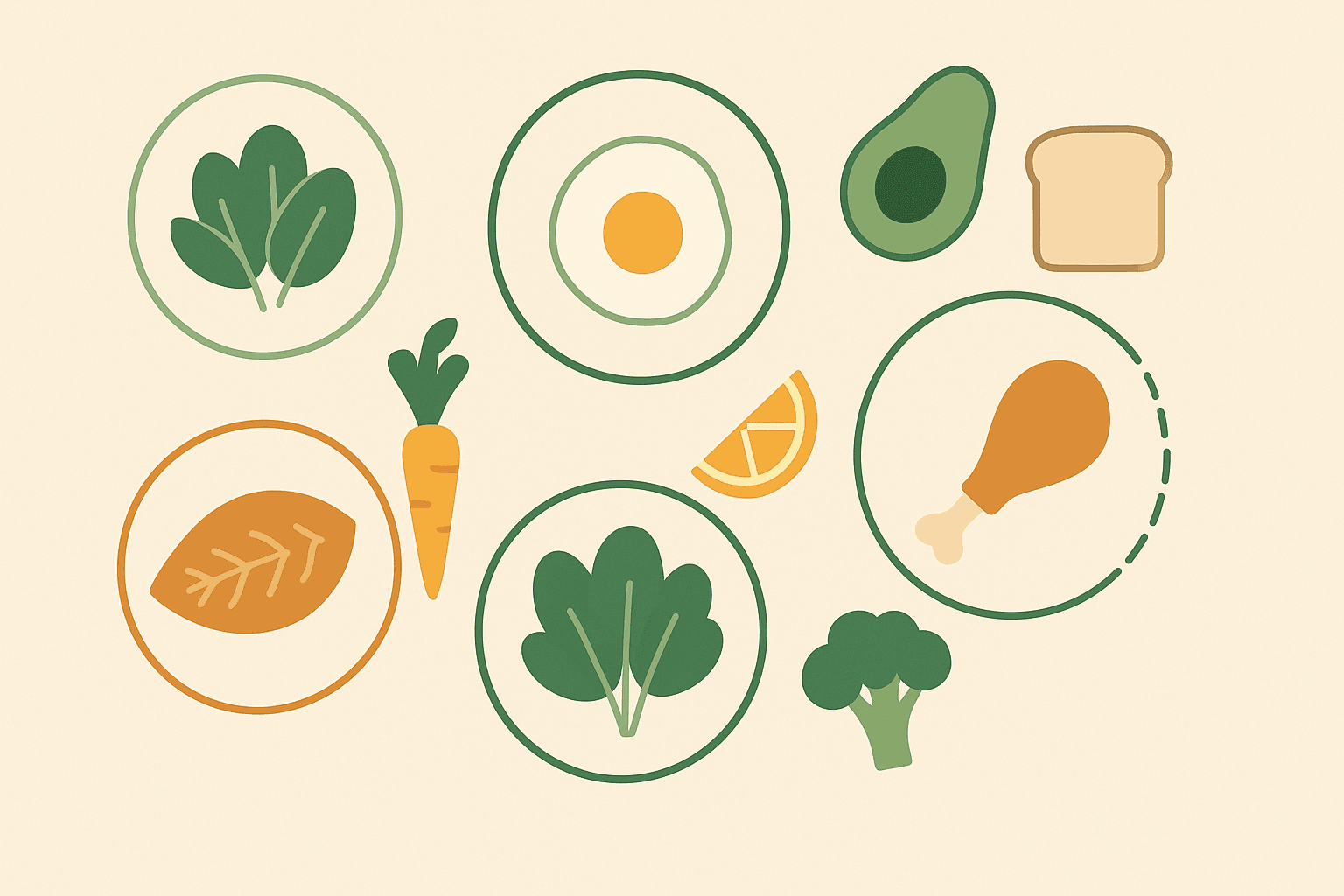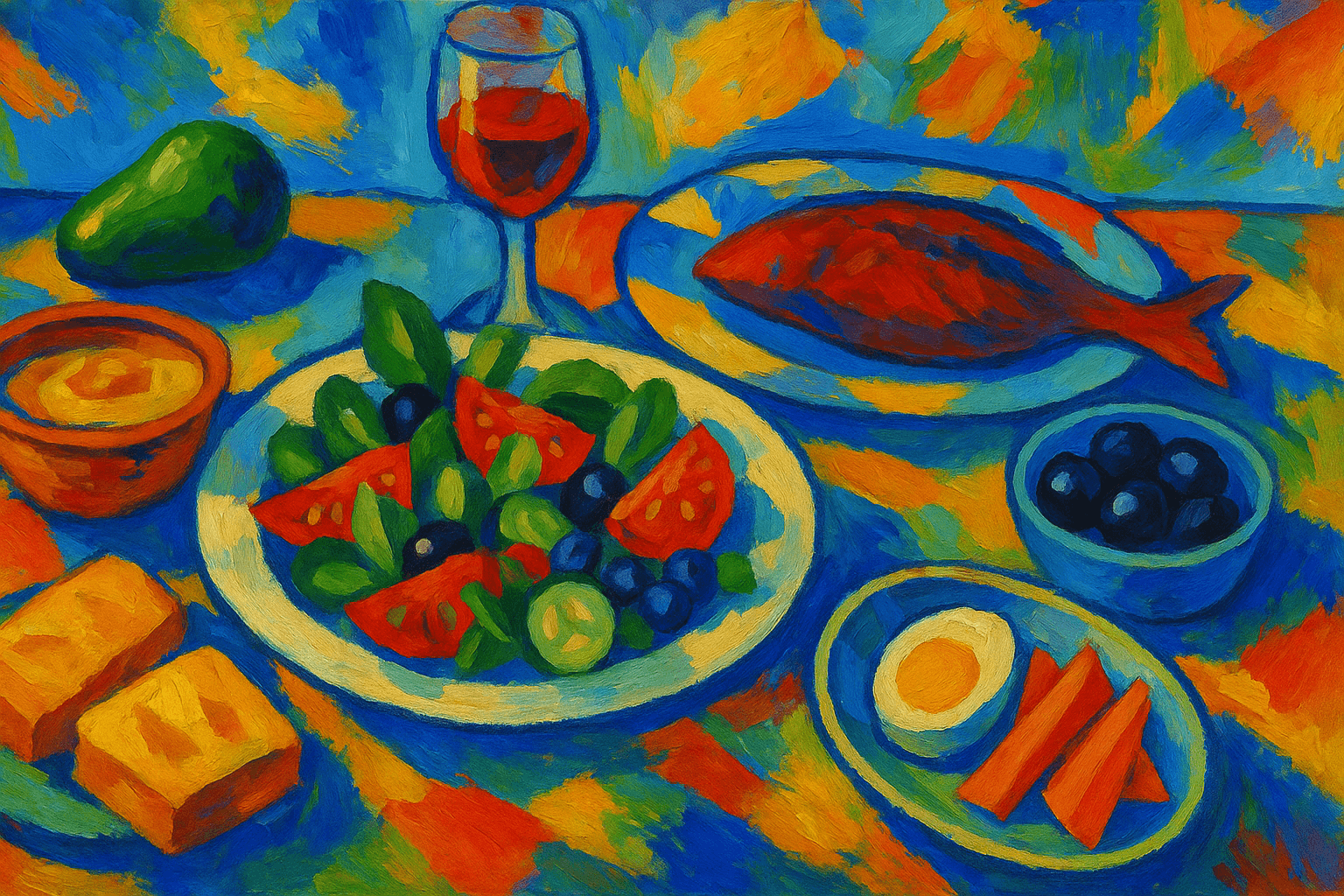Gut Health & Food Intolerance: The Low-Histamine Diet — A Practical Guide to Eating When Your Body Says “Enough”
Published on June 25, 2025
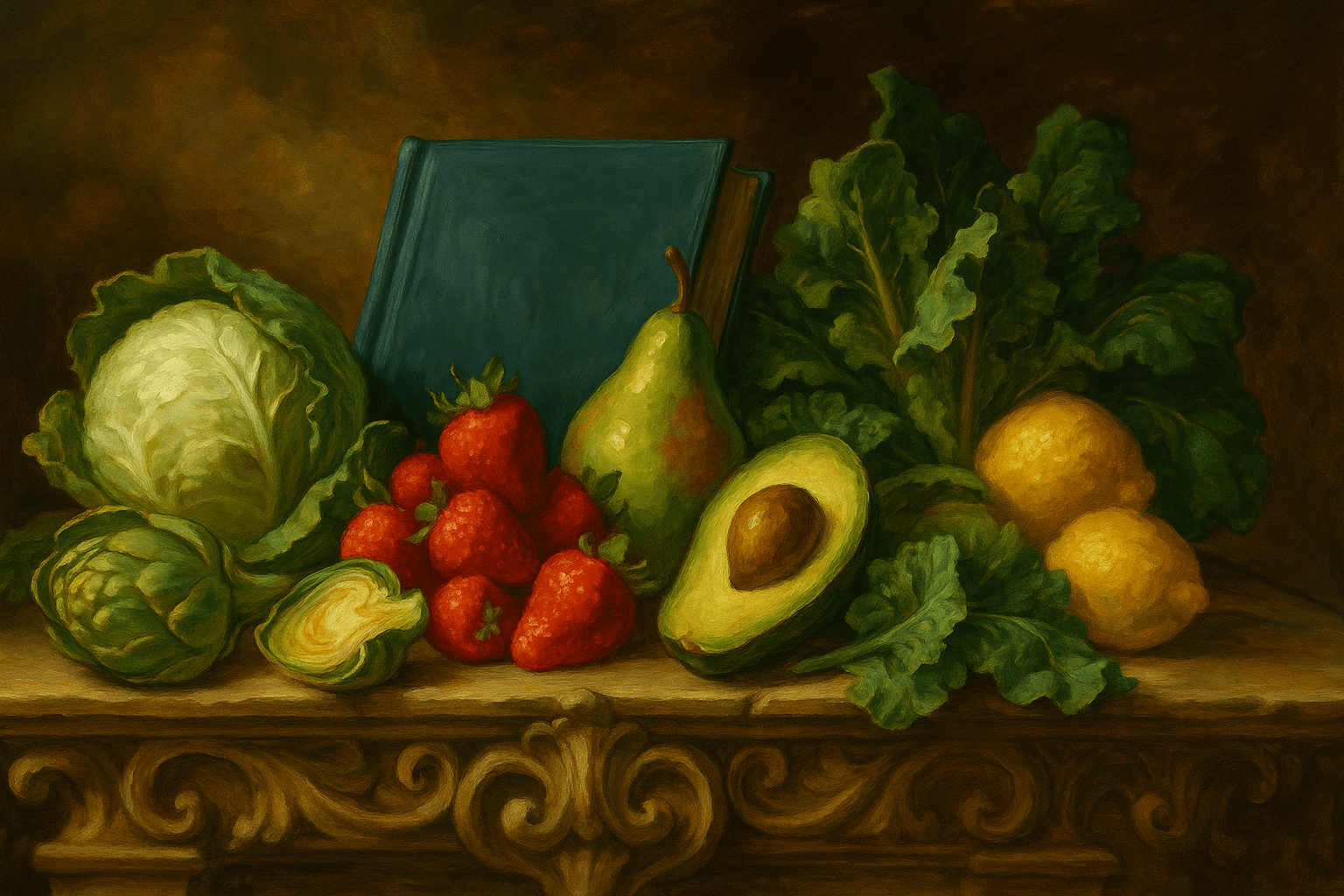
What Is Histamine Intolerance?
Bloating, itching, brain fog or hives after meals? It may not be gluten or dairy — it could be histamine.
Histamine is a chemical that helps regulate digestion, immunity and brain function. But when it accumulates — due to poor breakdown or too much intake — it can trigger troubling symptoms.
Histamine intolerance is not an allergy. It’s an overload, often linked to:
Low levels of the DAO enzyme (diamine oxidase)
Gut inflammation or dysbiosis (SIBO, candida)
Deficiencies in vitamin B6, C, copper or magnesium
Common Symptoms Include:
Itchy skin or rashes after eating
Headaches, brain fog, anxiety
Bloating, cramps, fatigue
Runny nose, congestion, sneezing
Rapid heartbeat, dizziness
Irregular periods, painful PMS
Restlessness at night or waking at 3–4 AM
Food cravings or aversions
Heat intolerance and poor endurance
High-Histamine Foods to Avoid (Temporarily):
Aged cheese (Parmesan, blue, cheddar)
Fermented foods (kimchi, sauerkraut, miso, kombucha, yogurt)
Processed meats (salami, ham, bacon)
Leftovers (histamine builds quickly)
Alcohol (especially wine, champagne, beer)
Pickles and vinegar
Tinned fish (tuna, sardines, anchovies)
Shellfish (shrimp, mussels)
Avocado, spinach, eggplant, tomato, citrus
Chocolate, nuts (especially walnuts, cashews)
Bone broth, sourdough, yeast-based goods
Black tea, green tea, yerba mate
Food additives and colorings
Low-Histamine Foods to Embrace:
Freshly cooked poultry and meat (eat immediately or freeze)
Frozen-at-sea white fish (cod, sole, trout)
Gluten-free grains: rice, quinoa, millet, oats
Root vegetables: carrots, beets, sweet potatoes, turnips
Zucchini, cucumber, lettuce, asparagus, green beans
Blueberries, apples, pears, watermelon, mango
Fresh herbs: parsley, cilantro, thyme
Herbal teas: chamomile, ginger, nettle, rooibos
Coconut milk, rice milk (unsweetened)
Olive oil, coconut oil
Spices: turmeric, cardamom, coriander
Tips to Make It Work
Cook in small portions, freeze immediately
Avoid crock pots for long-simmered meals
Cool food on counter before freezing
Use glass or stainless-steel storage — avoid plastic
Stay hydrated with filtered water and herbs
Sunlight boosts DAO levels and mood
Track meals, symptoms, sleep, stress and cycles
DAO enzyme supplements may help (check with a practitioner)
Reduce overall histamine load — heat, stress, and allergens add up
Sample Day on a Low-Histamine Diet
Breakfast:
Hot oatmeal with blueberries, chopped pear, and coconut oil
Mid-Morning Snack:
Rice cakes with sunflower seed butter and cinnamon
Lunch:
Grilled chicken breast, steamed zucchini and carrots, white rice
Snack:
Fresh mango with pumpkin seeds and chamomile tea
Dinner:
Baked sweet potato, steamed green beans with olive oil and parsley
Dessert:
Warm cinnamon apple slices or pear compote with a splash of coconut milk
Hydration Tips:
Infuse water with mint, cucumber or add plain electrolyte powder
Reintroducing Foods
After 2–4 weeks, begin reintroduction slowly:
Ripe banana
Tomato sauce (1–2 tbsp)
Aged cheese (½ oz)
Fermented foods (1 tbsp)
Wait 3 days between each new food.
Track symptoms on a 1–10 scale.
Note time of symptom onset — they’re often delayed
Consider external factors: stress, sleep, weather
Final Thoughts
The low-histamine diet is not a life sentence. It’s a healing protocol — a path toward clarity, calm, and freedom.
Focus on:
Freshness
Simplicity
Listening to your body
Work with a professional to uncover root causes and ensure nutrient sufficiency. The goal is not perfection — it’s relief.
And when your food no longer triggers your symptoms, life begins again — one clear, symptom-free day at a time.



